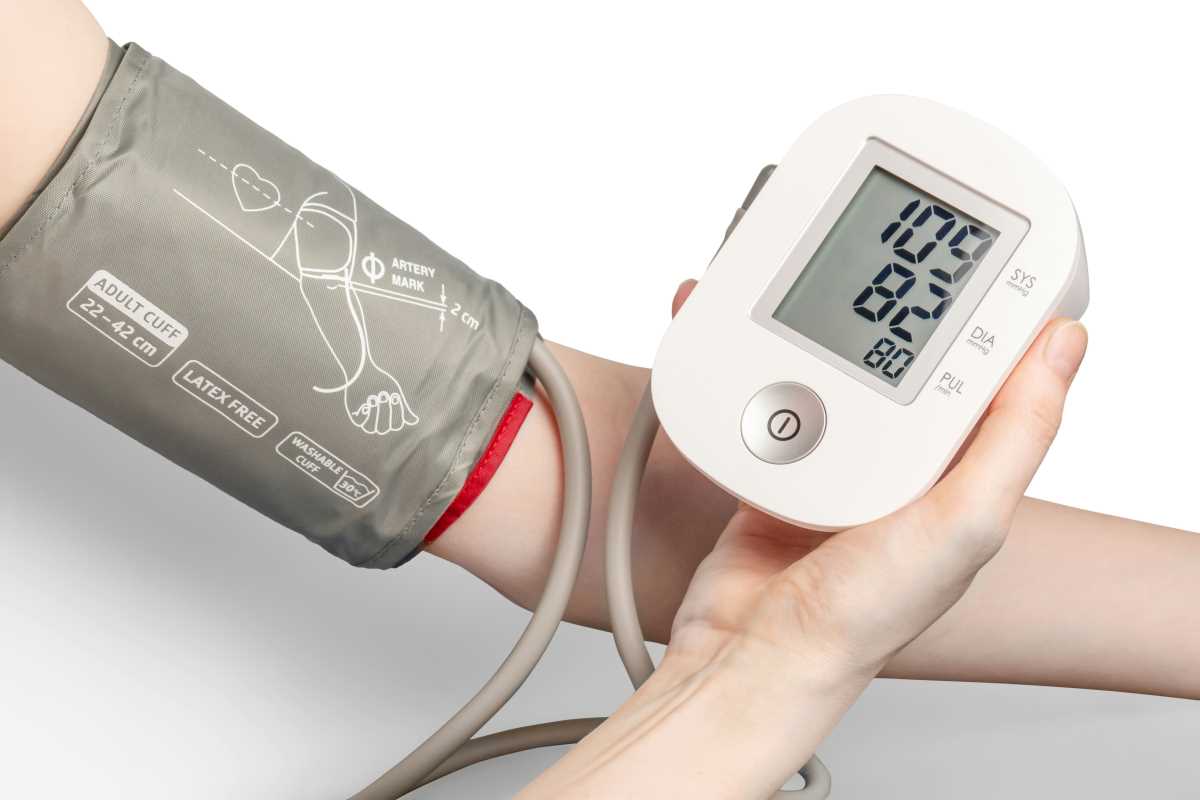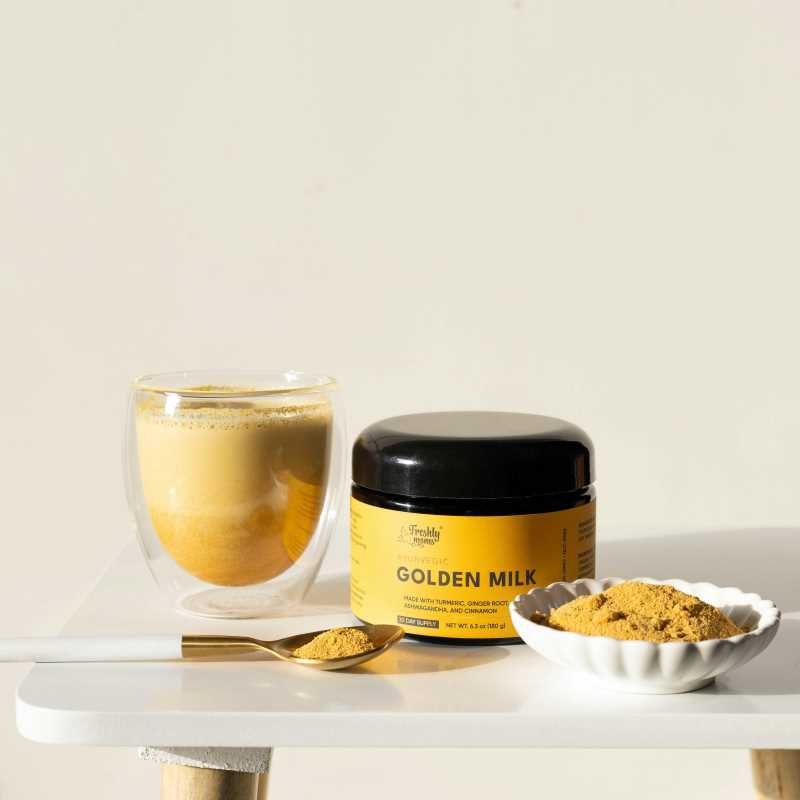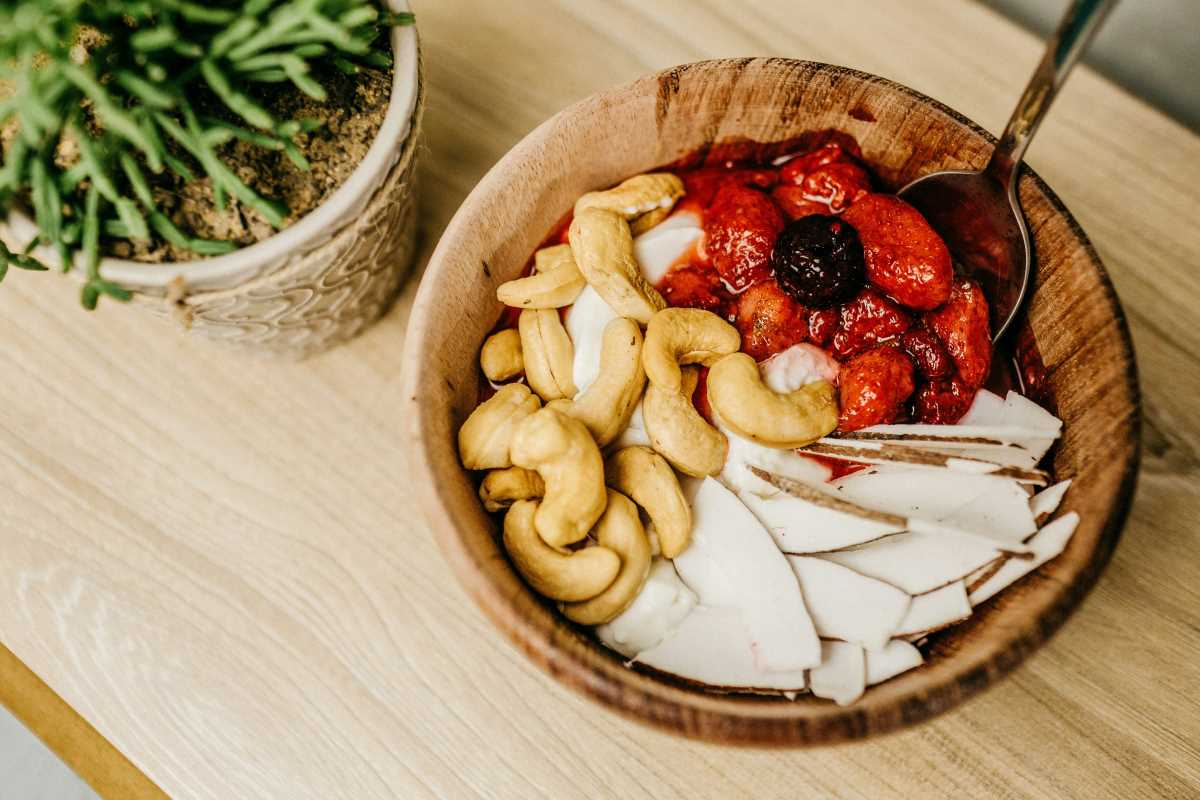Maintaining healthy blood pressure isn’t just a goal; it’s a commitment to a better, longer, and more vibrant life. High blood pressure can sneak up quietly, wreaking havoc on your heart and overall health. The good news? You can take control using natural methods that protect and support your cardiovascular wellness. Here’s how you can invest in your health and encourage healthier blood pressure, all while keeping it simple and sustainable.
Harnessing the Power of Nutrition
What’s on your plate impacts more than just the scale. A heart-healthy diet is a game changer when it comes to managing blood pressure. Certain foods are nutritional powerhouses, working to support vascular function and lower blood pressure levels naturally without feeling like a chore.
Fruits and vegetables are rich in potassium, a nutrient crucial for balancing sodium levels in your body. Spinach, sweet potatoes, and bananas are just a few examples. Meanwhile, whole grains like quinoa or oatmeal provide long-lasting energy and are loaded with fiber, which keeps blood pressure in check by supporting smooth blood flow. Add lean proteins like salmon, rich in omega-3 fatty acids, and you’ve got yourself a high-performing dietary strategy.
An eating plan like the DASH diet (Dietary Approaches to Stop Hypertension) is a popular choice for controlling blood pressure. With its focus on low sodium, whole foods, and smart portion sizes, this approach makes it easier to be consistent while still enjoying flavorful meals.
Moving Your Body Mindfully
Exercise isn’t just about appearances or stepping up your endurance at the gym; it’s about programming your heart to work more efficiently. Regular physical activity helps lower your blood pressure by both reducing stress and strengthening your circulatory system so your heart doesn’t have to work as hard.
The beauty of exercise is its variety. Aerobic exercises like walking, jogging, or swimming are fantastic for heart health and naturally help lower blood pressure. Strength training also contributes by improving blood vessel health and reducing arterial stiffness. Studies have shown that even short bouts of exercise, such as three ten-minute walks per day, can reduce blood pressure just as effectively as one 30-minute session.
If going to the gym isn’t your thing, movement doesn’t have to feel like a chore. Dancing around your living room, gardening, or riding a bike are all excellent options. Remember, consistency is what matters most, so focus on activities you truly enjoy to build a routine that sticks.
Managing Stress with Relaxation Strategies
Stress doesn’t just live in your head. It has a sneaky way of elevating your blood pressure too, as it triggers the release of cortisol, a hormone that, over time, can put your health at risk. Learning how to manage stress effectively is one of the most impactful ways to protect your heart and keep your blood pressure under control.
Practices like mindfulness meditation, yoga, and deep breathing exercises help lower cortisol levels and calm your nervous system. Even dedicating just five to ten minutes a day to being still and focusing on your breath can radically shift your mood and physiology. Plus, taking up hobbies that bring you joy, whether it’s painting, cooking, or knitting, is a sneaky way to de-stress without overthinking it.
For a more practical approach, here are some actionable stress-management tips to incorporate into your daily life:
- Start your day with a calming ritual, like journaling or stretching.
- Take five-minute breaks during work to recharge and refocus.
- Practice gratitude by reflecting on three positives from your day.
- Limit screen time, especially in the evening, to reduce overstimulation.
- Consider spending time in nature, which lowers stress and promotes relaxation.
Making space for these calming practices helps create an internal sense of balance that ripples into your overall health.
Reducing Sodium’s Sneaky Influence
Sodium is notorious for its blood pressure-raising antics, and it can be a challenge to keep it in check when it’s lurking in so many foods. Processed snacks, canned goods, and even seemingly innocent condiments can all pack a sodium punch that adds up quickly.
Too much sodium can lead to water retention, making the job harder for your blood vessels and increasing your blood pressure. The trick is to focus on creating meals full of fresh, whole foods rather than pre-packed alternatives. Opting for homemade versions of soups, sauces, and dressings lets you control how much sodium goes in.
Swapping out high-sodium options for low-sodium choices is surprisingly simple when you know what to look for. Add a sprinkle of herbs and spices instead of salt for flavor, and skip seasoning blends unless they’re explicitly labeled “low sodium.” Be sure to check nutrition labels and aim for foods with sodium levels at or below 140 milligrams per serving.
Staying Hydrated for Circulatory Health
You’ve heard it a thousand times before, but it’s worth repeating. Water is life, and it does more than just quench your thirst. Staying properly hydrated helps your blood vessels remain flexible and improves circulation, which in turn supports healthier blood pressure levels. Dehydration, on the other hand, makes your heart work harder, increasing strain on your arteries.
The key to healthy hydration isn’t just drinking outrageous amounts of water but knowing your body’s unique needs. Listen to thirst cues and adjust your intake based on physical activity, temperature, and individual hydration requirements. Plain water is always a win, but if you need variety, try infusing it with lemon, mint, or cucumber for extra zest.
Another pro-tip includes being mindful of beverages loaded with hidden sugar or caffeine, as they can sometimes counteract the benefits of hydration. Keep smart options on hand, like herbal teas or low-sodium broths, to mix things up while keeping your fluid levels on target.
Your Journey
The path to healthy blood pressure starts with small, intentional steps that add up to a happier, healthier you. Pairing nutrient-rich foods with consistent movement, mindful stress management, and a sharp eye on your sodium and hydration habits sets you on a sustainable course. These methods aren’t flashy, but they’re effective, approachable, and grounded in simple principles that feel doable for everyday life.
Instead of aiming for perfection, focus on progress. Celebrate small victories, stay curious about what your body needs, and adapt as necessary. Building these habits is less about temporary fixes and more about creating a fulfilling routine that empowers you to thrive long-term.
 (Image via
(Image via





